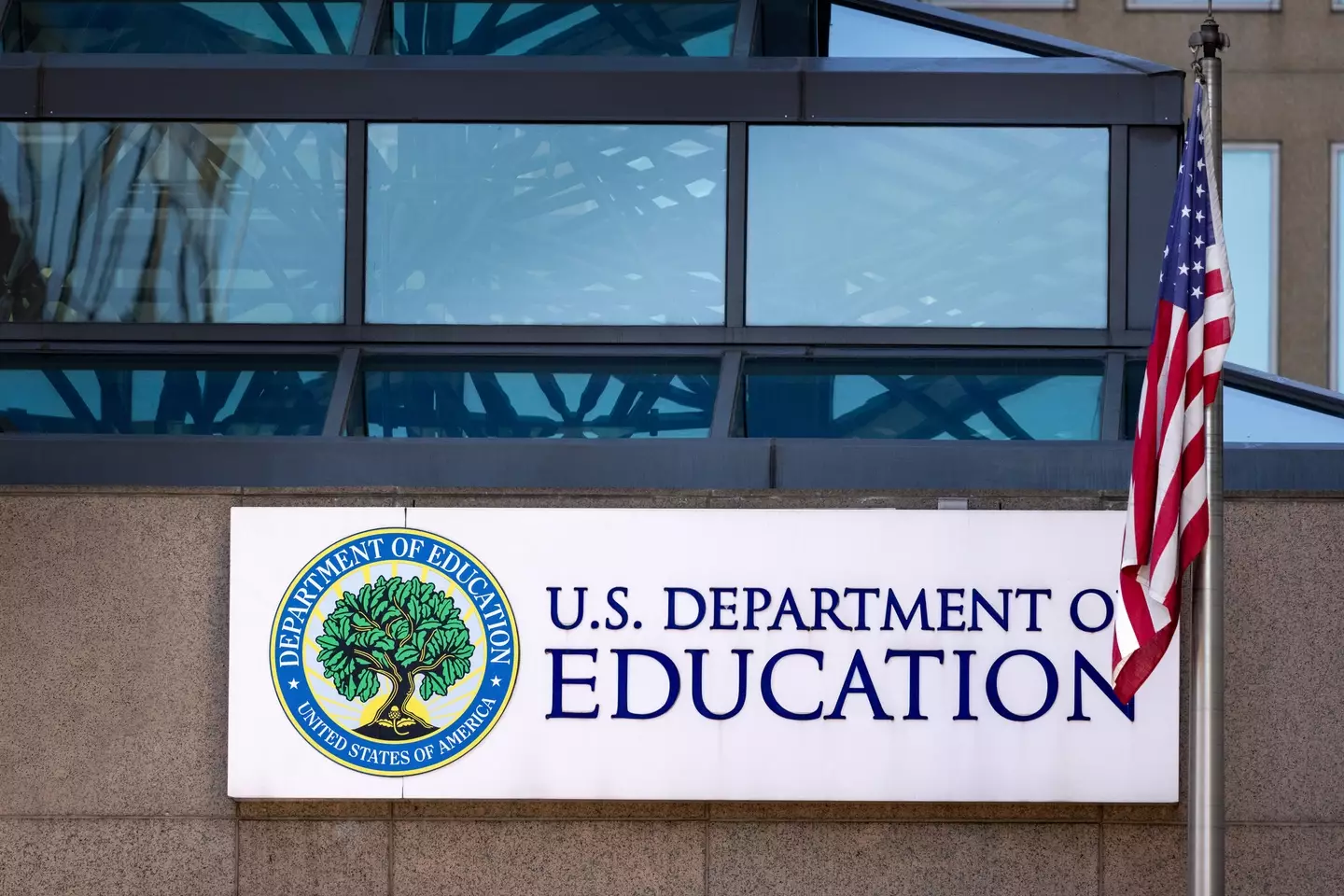Millions of Americans carrying student debt have just received a significant update regarding their path to loan forgiveness. Following a legal dispute between the American Federation of Teachers (AFT) and the Department of Education, a new agreement has been reached that reinstates access to key repayment programs that had been paused earlier this year. This development opens a critical window for borrowers enrolled in specific plans to have their debts canceled.
The controversy began when the administration temporarily halted the processing of applications for several affordable repayment plans, leaving many borrowers with limited options. The AFT, representing nearly two million members, challenged this move, arguing it violated federal law and created undue hardship for working people. The union contended that the pause was a step backward, breaking a system that had been working for millions.

The recently announced resolution marks a victory for advocacy groups and borrowers alike. As a result of the agreement, the government will once again process student loan forgiveness for individuals enrolled in two specific programs: the Income-Contingent Repayment (ICR) plan and the Pay as You Earn (PAYE) plan. This decision directly impacts over 2.5 million borrowers who are currently part of these programs, reinstating a crucial financial lifeline that had been put on hold.

It is important for borrowers to note that this is a time-sensitive opportunity. As part of the new framework, both the ICR and PAYE plans are scheduled to be phased out by July 2028. This creates a clear timeline for eligible individuals to ensure they meet all necessary requirements before these specific pathways to forgiveness are closed. For those who qualify, acting promptly is essential to secure their relief under these existing programs.
So, how can you check your eligibility? The primary resource is the Federal Student Aid website, which outlines the various situations in which federal student loans can be forgiven, canceled, or discharged. Public Service Loan Forgiveness (PSLF) is a major avenue, available to government employees, teachers, and non-profit workers. Teachers may be eligible for up to $17,500 in forgiveness if they have taught full-time for five consecutive years at a low-income school. Checking your status and understanding the specific criteria for your repayment plan is the most important first step toward potential debt relief.


